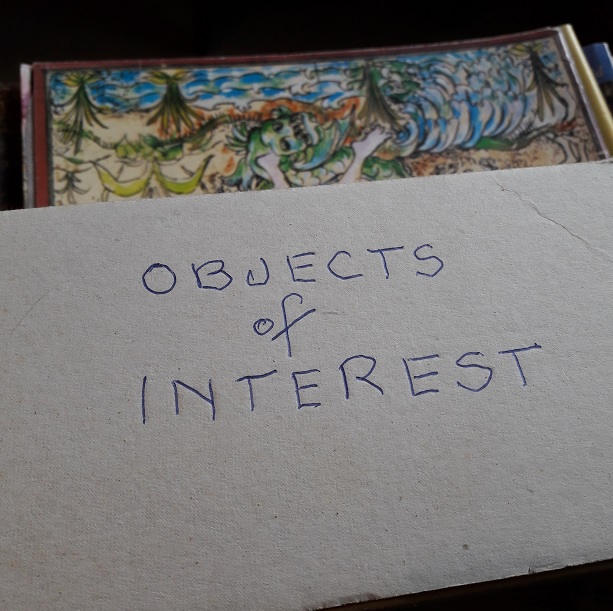You’re having an organise and chuck-out at home. You’ve got piles of belongings that you no longer want. What do you do with those items that aren’t worth your time and effort to sell, but could have a second life? There are a myriad of options when it comes to places to donate goods to.
When having a declutter, you can save a lot of items from going to landfill by opting to donate them instead. There are plenty of local charities that would be grateful for your unwanted items. But how do you know what the organisations do and don’t take, what’s good enough to donate and what isn’t and how do you get the items out of your home?
What to donate
One thing I can’t emphasise enough is for you to ensure that what you’re donating is of a decent quality and of very good to excellent condition. Organisations have to pay a lot to get someone to haul away items that have been donated to them that are not sellable.
If you’re not sure if something is good enough to donate, ask yourself:
- Is it stained, ripped, broken, missing pieces or otherwise not complete? If you can answer “yes”, don’t donate it.
- Would I pay for this in a charity shop?
- Would I think this belongs if I saw it in a charity shop?
Many of the charities that operate op shops will pick up donations from your place. Just call and arrange for their collection and leave them out somewhere on collection day.
Op shops will generally take:
- Clothing & accessories incl childrenswear & babywear
- Furniture
- Household goods eg - art, home decor, kitchenware
- Books
- CD’s & vinyl
- Sporting equipment
- Toys & games
But they generally don’t take:
- all baby items that are subject to safety standards eg - strollers, prams, walkers, cots and car seats
- toiletries or cosmetics
And only some accept:
- electrical items (including whiteware), due to electrical safety concerns - they can’t test them properly in store
If in doubt, check out the organisations Donating page or just call.
When to donate
If you’re going to take your items to your local charity shop yourself, do so when it’s open. Don’t add to the problem of the piles of stuff stacked up by the shops front door, especially over weekends. There it’s open to the weather and to people ransacking it.
An example of what is left outside op shops overnight. This address isn’t even an op shop anymore (it’s empty), but people still leave stuff.
Also, if you go into the shop with your items to donate, it’s a good idea to check with the staff that they’re able to accept everything you’ve brought in.
Alternatively, most charity shops will come collect your goods. This is especially handy if you have a lot of items or bigger pieces like furniture. Check out the charity shops website for pickup days & times and give them a call.
It’s always better to call and have the organisation collect the goods, rather than to leave them outside the shop overnight or in the weekend.
Where to donate
You might choose to think carefully about where your donated goods go. What organisation(s) do you feel an affinity for?
Do sort through the goods you have to be donated, as it may be more appropriate to separate out some items and donate them to different places.
Aside from the general op shops in Wellington - there’s City Mission, SPCA shops, Saint Vincent de Paul, Hospice shops, Red Cross, the Salvation Army and Opportunity for Animals - you might like to consider:
- old bedding & towels and newspapers can go to the SPCA
- Wellington Curtain Bank take donated fabric and curtains and distribute them to families in need
- Little Sprouts & Pregnancy Help redistribute quality baby gear
- Women's Refuges often take household items and clothing
- Dress For Success accept donations of good quality clothing & accessories that are suitable for job interviews
Methods of donating to avoid
I definitely recommend against using those charity clothing bins.
With the exception of the bins for a couple of charities, only 30% of donations from charity clothing bins actually go to charity shops. The rest is baled up and sold to one of a number of developing countries, where there is a big industry for the clothes. Having said that, a lot of what isn't bought there ends up in landfill. Some of those countries are now (rightfully) refusing to take these clothes, so I think it’s responsible to find another destination for your offcasts.
For what’s not good enough to donate
Ask of your items Is it really sellable in it’s current state? If it’s worn, missing pieces, stained, torn or otherwise broken, refrain from donating it. Think what else you could do with it.
- See if you can think of a way you can repurpose the item eg - fabric items may be able to be remade and repurposed into something new
- The Tip Shop may be a good option for some items
- Used art & craft supplies could go to a local kindergarten or school
- Neighbourly and The Freecycle Network can be great ways to offload items while helping out others
- There are a number of drop off points for unwanted goods and e-waste on the Wellington City Council website
- The curbside recycling might be an option
- Paints - the Resene shop will take some of these. Check out their site for details
That’s the whats, wheres and whens of donating your unwanted items.
Want to get organised?
ShipShape Home will get you there. Call or email me today.











